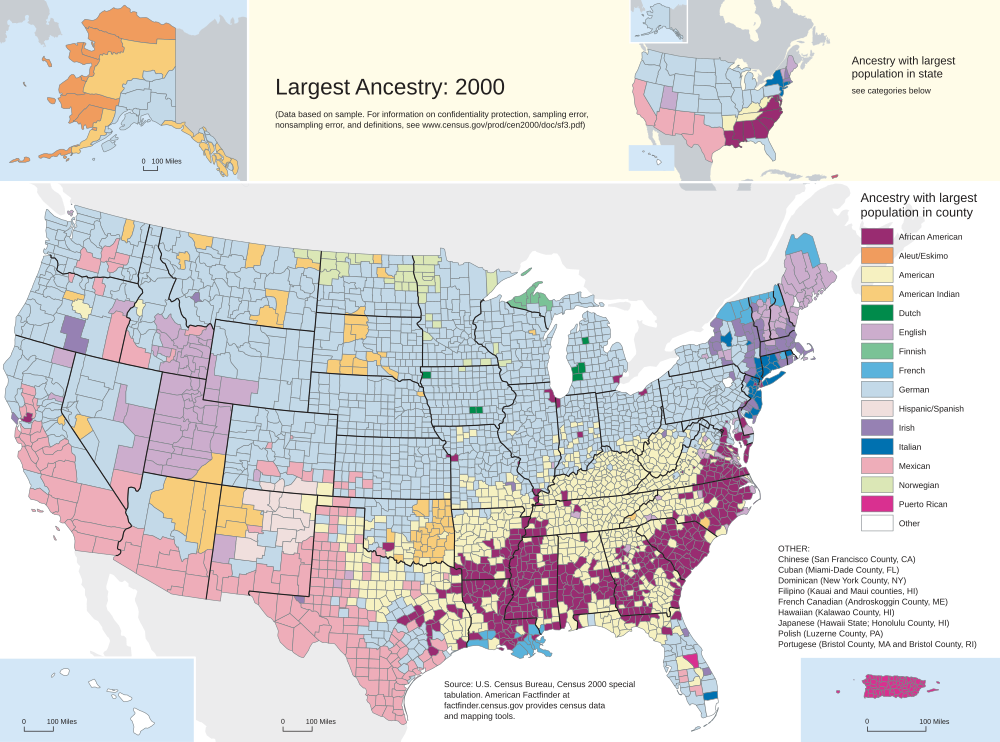 |
| First and second pages of NY passenger list of Taormina with names crossed off, Jan 28, 1914 |
What it really meant was that the person did not get off the ship. As mentioned, that could be because the person died on board, or because they never got on board to begin with, it could also mean that the individual didn't get off the ship at that port of arrival but rather remained on board until disembarking at a secondary port of call. This was the case with some of my ancestors, who arrived in New York on January 28, 1914 on board the Taormina - their names are crossed off so they didn't got off the ship there. There is then a second passenger list from their arrival in Philadelphia a couple days later on January 30, 1914 where their names were not crossed off.
 |
| Australia Domenica Scioli was born and died on board the ship she was named after in 1880 - while it notes she died, her name is not crossed off |
 |
| First and second pages of Philadelphia passenger list of Taormina with names of those crossed off in NY, Jan 30, 1914 |
So if you see an ancestor or relative whose name is crossed off on a passenger list, don't assume they died on board, or never boarded to begin with. Do some more investigating to see if the ship carried onto another port of call where they might have disembarked. If you're not finding anything by searching for the person's name, try searching by the arrival year and the ship's name. The arrival port officers were working off of the ship's records, which meant the handwriting could sometimes be misinterpreted and copied incorrectly (this doesn't mean a misspelling was a permanent name change). And of course, there's always the digital transcription which could be incorrect too and preventing you from finding the record by the individual's name. This also works for when you may have gotten an individual's immigration data from a naturalization record but can't find the passenger list by searching by name. Of course, by the time of naturalization, the individual may have been misremembering the exact details of their immigration so if you don't find the passenger list by the arrival date and ship name, you may need to make use of wildcards in the name. You can use a '?' in place of a letter, or an '*' in place of several letters but you must have at least three real letters in there for it to work.
Happy searching!






